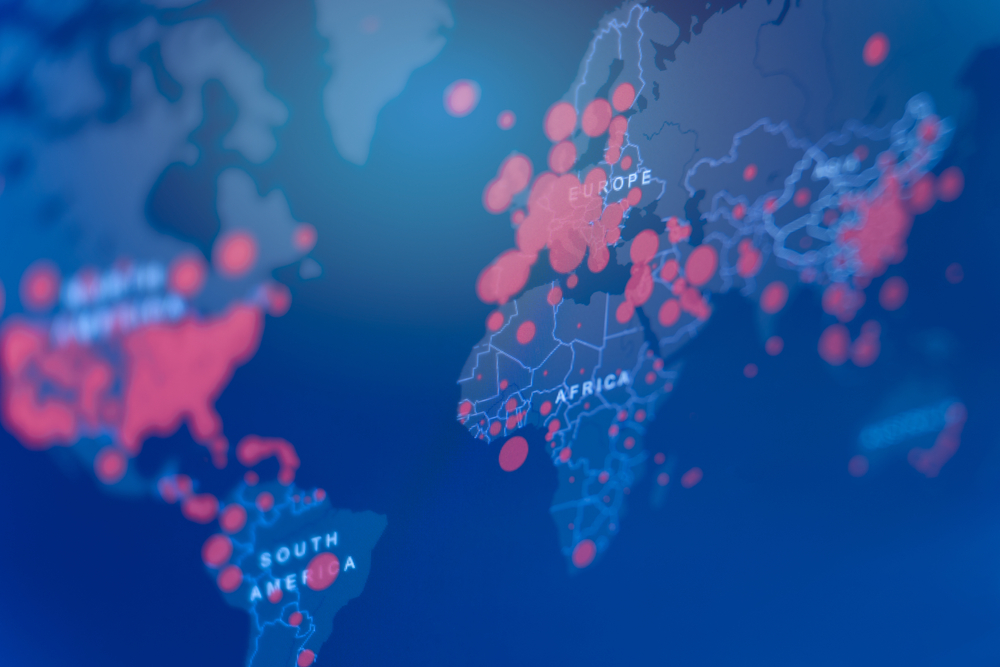Before the first cases of COVID-19 became known, an algorithm based on artificial intelligence developed by a company in Canada had already detected a new virus spreading across the Chinese city of Wuhan.
This demonstration of the potential of new technologies applied to predicting future epidemics led a group of researchers at the Universitat Oberta de Catalunya (UOC) and the University of the Balearic Islands (UIB) to use artificial intelligence (AI) to investigate new models of predictability, and to evaluate how long the consequences of epidemics persist.
“The health crisis caused by COVID-19 has shown that epidemics are still an issue. We know there will be others in the future, but we don’t know what form they’ll take. However, we do have a lot of useful information about the epidemics in the past,” said Joana Maria Pujadas Mora, a member of the Faculty of Arts and Humanities at the UOC, and one of the principal investigators on the EPI-DESIGUAL research project focusing on the issue.
Pujadas’ team aims to use artificial intelligence, applying machine learning and natural language processing to perform big historical data analysis of epidemics.
“The social sciences and historical demography in particular are essential for making progress in predicting and fighting epidemics, and for assessing their consequences,” she said.
The EPI-DESIGUAL project – funded by the Spanish Ministry of Science and Innovation – is being conducted in collaboration with the Centre for Demographic Studies. It will analyze text from official gazettes and daily newspapers relating to cholera, the 1918 flu pandemic and the plague published in Catalonia and the Balearic Islands between 1820 and 1960.
“The past is the best testing ground for preventing and preparing for the arrival of future health crises that will unfortunately continue to arise as a result of globalization, increased interactions between humans and animals, greater urbanization and climate change,” said Pujadas.
The 14 researchers currently working on the project are collecting all the available information from the archives for further analysis. The project will last for three years and, after it has concluded, the results will be published.
Improving predictability and ascertaining persistence
The aim of the research project is twofold. First, it seeks to innovate in the field of models for the predictability and development of epidemics. Second, it aims to evaluate how long the effects of epidemics persist in the short, medium and long term as regards socioeconomic inequality, encompassing inequalities in health and demographic behaviors from a gender perspective.
“We want to find out how pandemics affect the birth rate, for example,” said Pujadas.
Ultimately, the researchers want the project to contribute to improving decision-making by the authorities so that they can apply relevant and effective measures in the fight against epidemics. Another aim is to help governments’ public health policies contribute to reducing economic inequalities.
The results of the project will indirectly contribute to the new data analysis paradigm, which seeks to understand reality through big data (that may or may not be structured). Many authors predict that scientific research projects like EPI-DESIGUAL, which is based on data science and which will have highly innovative results, will replace the prevailing inductive reasoning methods in modern science.
Partnering 2030: The Biotech Perspective 2023






